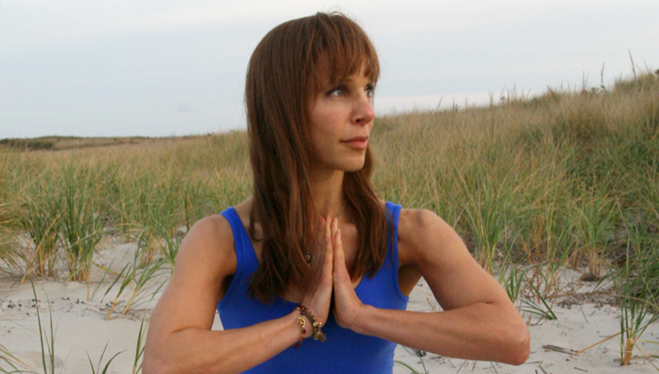Body Clocks + Biorhythms: Immunity, Mood, and Well-Being
A few weeks ago, I did a post on Seasonal Affective Disorder that advised exposure to light early in the day (within two hours of waking) and recommended other practices. That post lacked context, and prompted the apology post you’ll see after it. At the time, I promised to provide that context. Here it is. Almost all species have internal rhythms and a sense of time, which are the focus of a field now known as chronobiology. We have internal circadian (24-hour) clocks that generate and shape daily cycles in our physiology, emotion, and behavior. Most organisms inherit the ability to track time on this 24-hour scale. For example, bees use their clocks to visit flowers at the appropriate time of day so they can feed when flowers are open. Birds use their biological clocks during migration to compensate for the changing position of the sun throughout the day. Other […]
Body Clocks + Biorhythms: Immunity, Mood, and Well-Being Read More »
